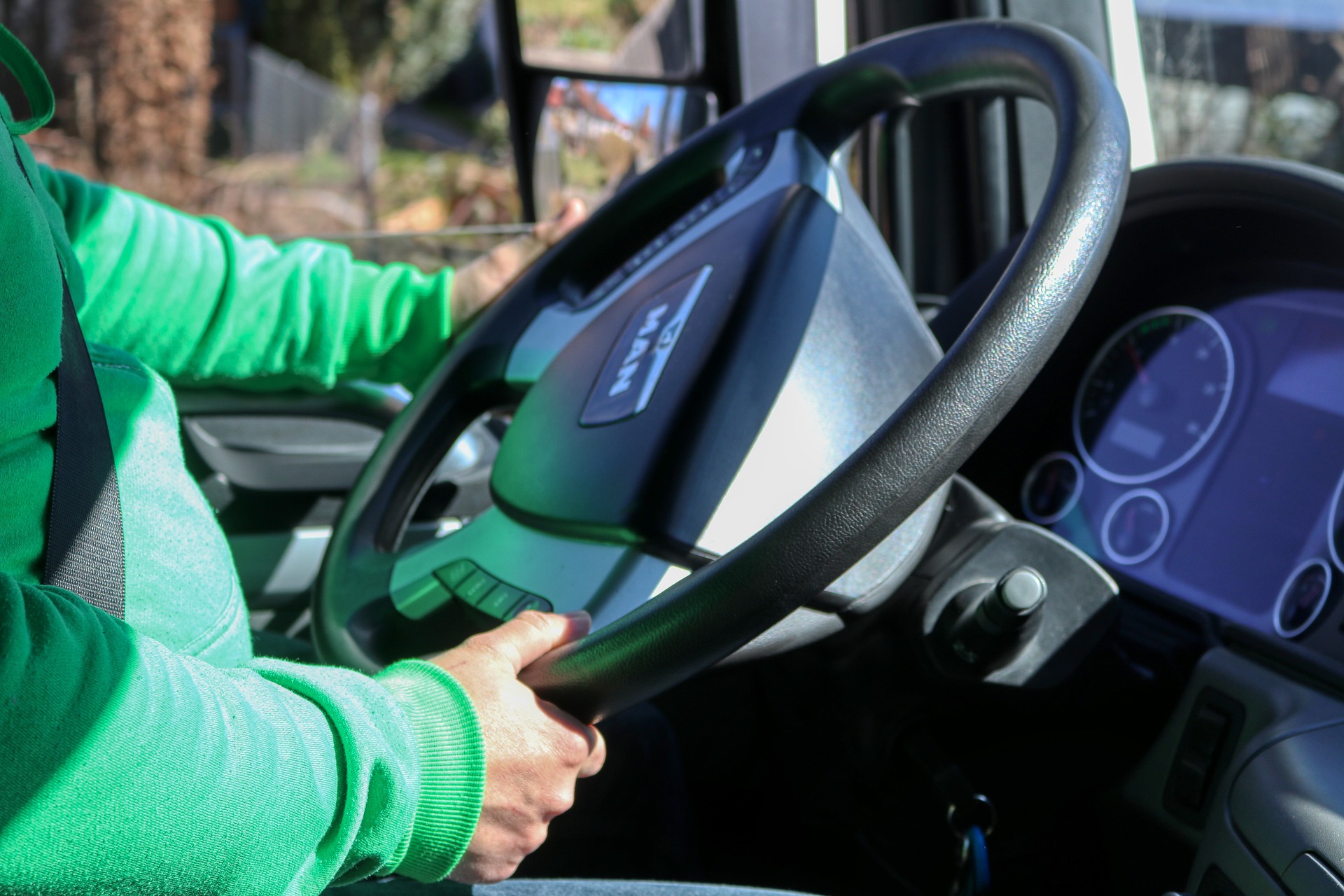Truck drivers do more than just drive, and widespread self-driving tech is at least a decade away, researchers say.

That prognosis isn’t stopping proponents from investing in the sector. In recent weeks alone, Alabama’s Auburn University said it is building an $800,000 addition to the autonomous vehicle research facility at the school’s National Center for Asphalt Technology (NCAT), allowing experts to run tests indoors. And the self-driving truck provider Plus.ai announced a plan to test its autonomous driving system with the Transportation Research Center Inc. (TRC), an independent vehicle test facility that operates a proving ground track in Ohio.
MIT said investments like those have produced substantial recent progress by the industry, but concluded that fully automated driving systems that have no safety driver onboard will take at least a decade to deploy over large areas, even in regions with favorable weather and infrastructure. And areas with winter climates and rural areas will experience still longer transitions, as the technology’s expansion will likely be gradual and will happen region-by-region in specific categories of transportation, resulting in wide variations in availability across the country, researchers said.
That conclusion came from a brief titled “Autonomous Vehicles, Mobility, and Employment Policy: The Roads Ahead,” co-authored by John Leonard, Task Force member and MIT Professor of Mechanical and Ocean Engineering and Erik Stayton, an MIT Doctoral Candidate in History, Anthropology, and Science, Technology, and Society. The study followed the school’s interim 2019 report, “Work of the Future: Shaping Technologies and Institutions,” where MIT researchers sought to analyze topics like manufacturing, health care, tax reform, skills/training, and emerging technologies such as collaborative robotics and additive manufacturing, also known as three-dimensional (3D) printing.
Another reason that autonomous trucks may not lead to a widespread loss of logistics jobs is that truck drivers do more than just drive, the MIT authors said. “While many believe that increased automation will bring greater impacts to trucking than to passenger carrying vehicles, the impact on truck-driving jobs is not expected to be widespread in the short term,” the study found. “Human presence within even highly automated trucks would remain valuable for other reasons such as loading, unloading, and maintenance.”
In the longer term, logistics transportation employers can preserve job prospects for drivers by following policy recommendations in the study, such as: strengthening career pathways for drivers, increasing labor standards and worker protections, advancing public safety, creating good jobs via human-led truck platooning, and promoting safe and electric trucks.


